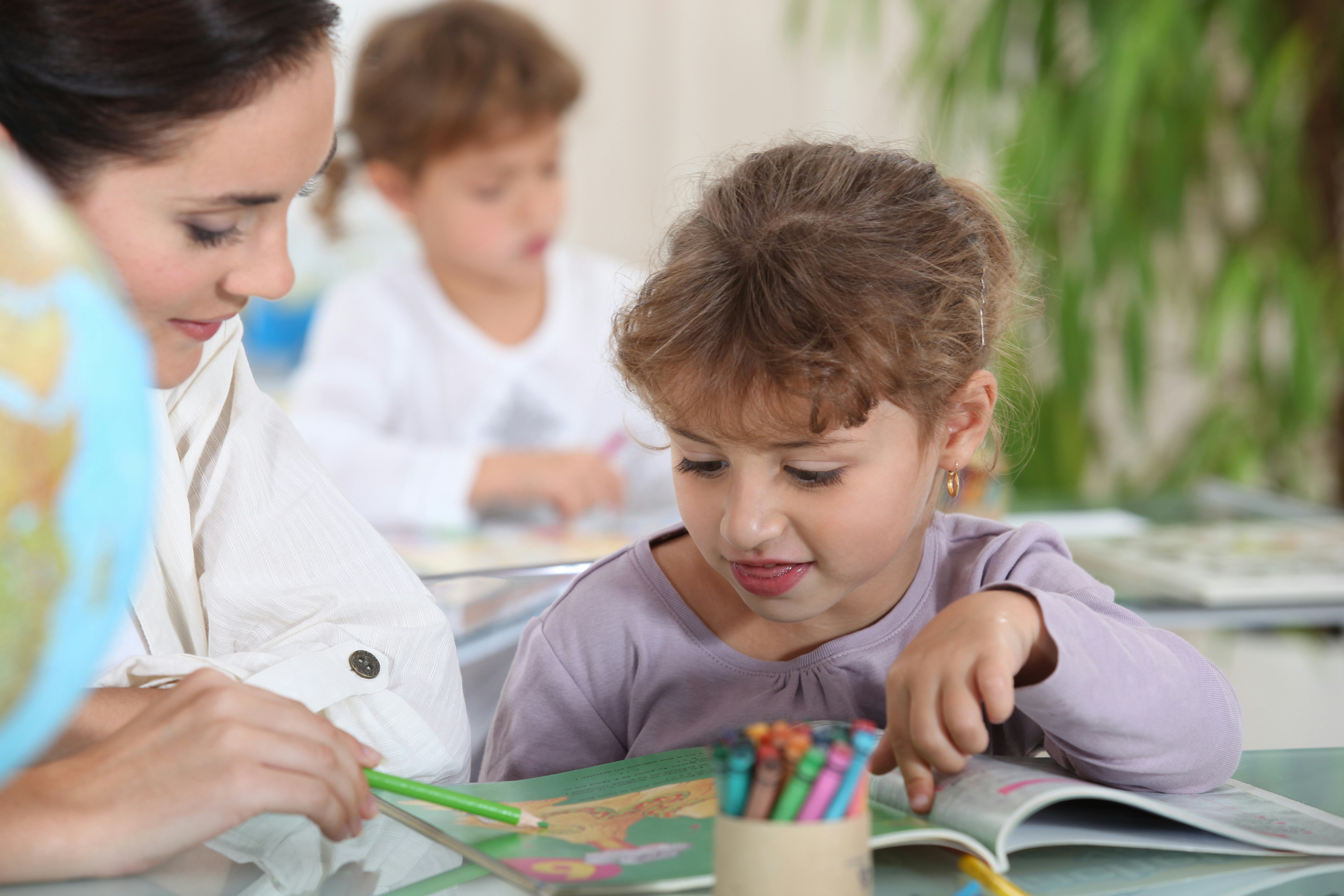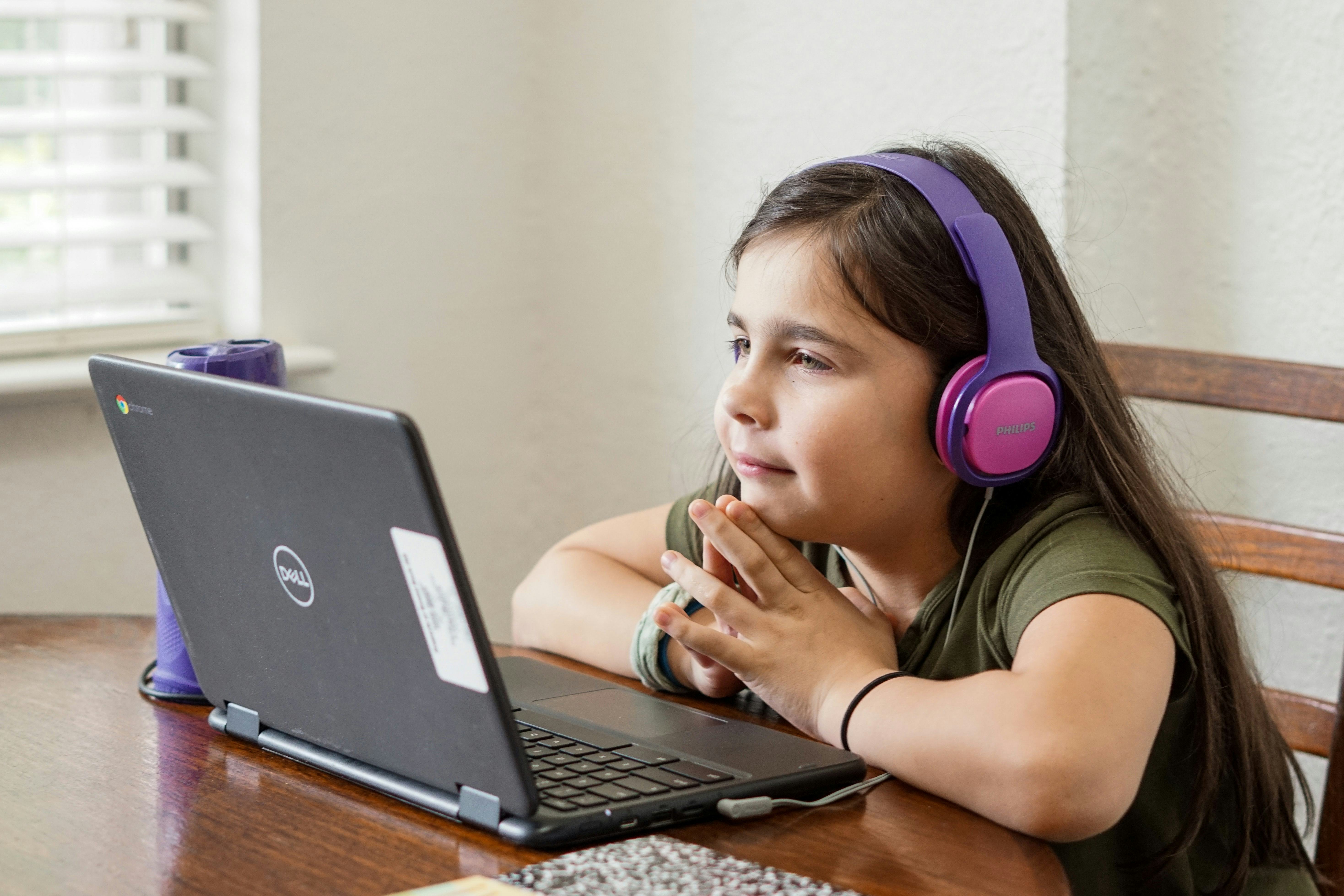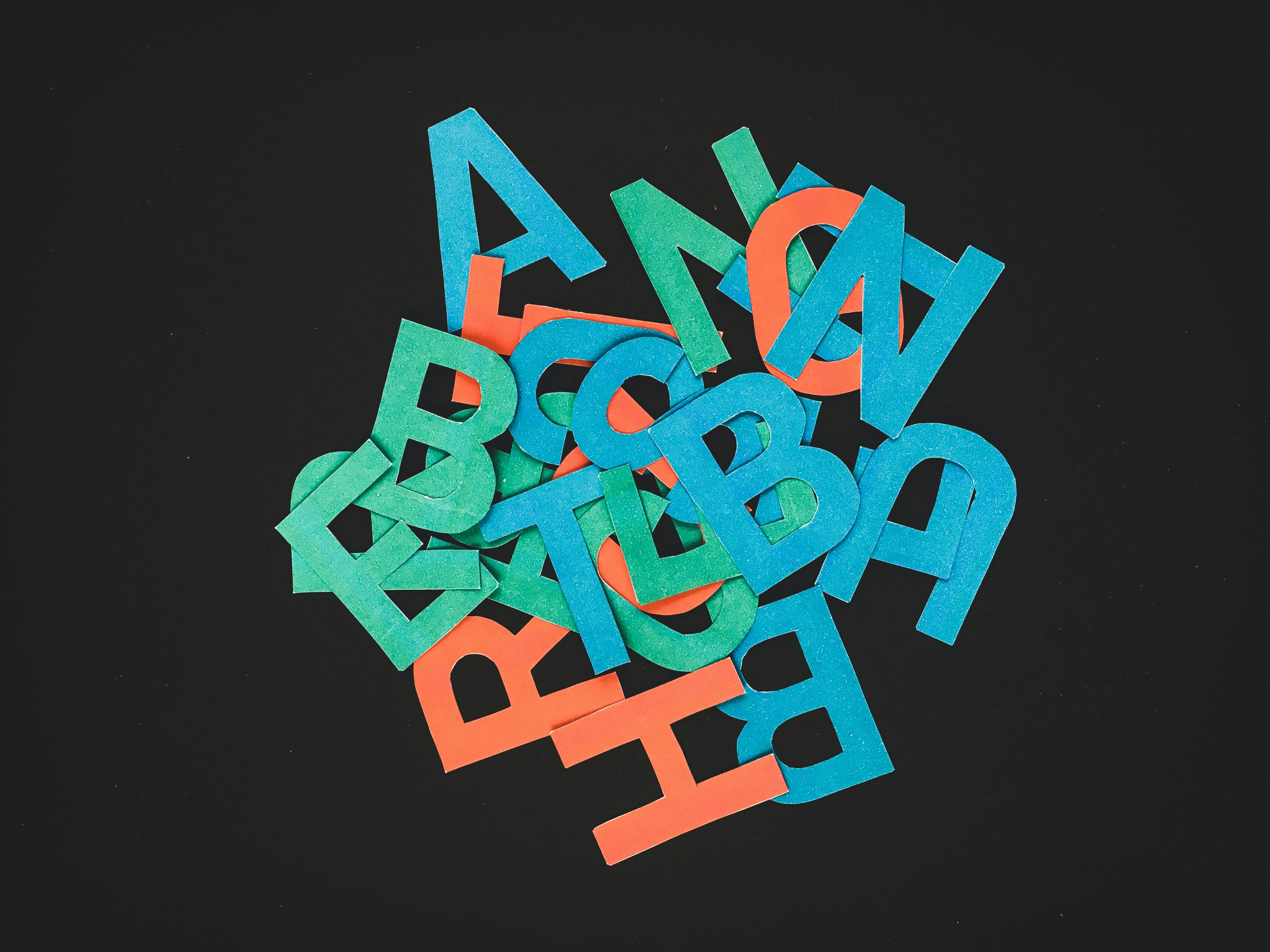Resilience is the ability to cope well in the face of difficulties or significant sources of stress. It is not a fixed trait that children are born with but rather a skill that can be learned and developed through positive interactions with caring adults and supportive environments.
After their parents, educators spend the most time with children and can therefore influence their resiliency skills. We collaborated with Dr. Nancy Heath to bring resiliency building strategies to the classroom. Stress management strategies fall under the following categories:
Letting Go: Letting go focuses on decreasing uncomfortable or negative thoughts and emotions. For example, teach the child to take calming breaths, practice mindfulness, or implement physical practices such as spot running in stressful situations.
Holding On: Holding on focuses on increasing pleasant thoughts, and positive emotions to cope with stressful situations. For example, teach the child to practice gratitude, savor every positive experience throughout their day or master the art of giving or doing something for someone in a small or big way.
Seeing Clearly: Seeing clearly focuses on being actively aware of one's thoughts, actions, and imaginations. For example, teach your student to practice self-compassion, manage their expectations or self-monitor their thoughts and perspectives.
Learn how to both apply and teach specific strategies to your students, by taking our course Practical Stress Management to Build Classroom Resilience!




